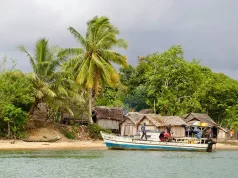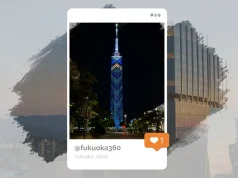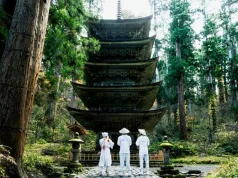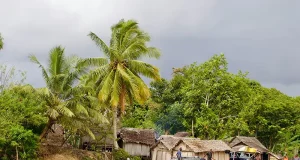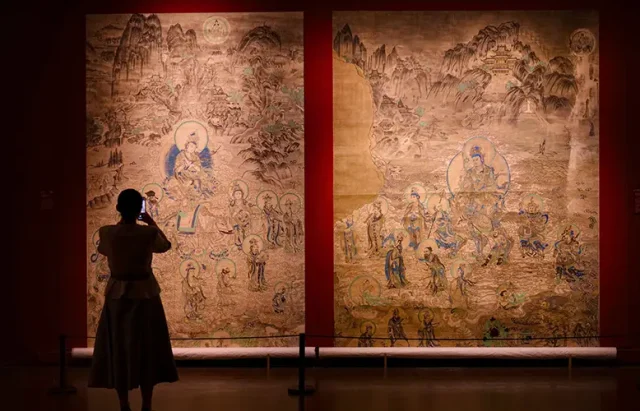
“The Great Art of Dunhuang“, a special exhibition (hereinafter “the Exhibition”) on cultural artifacts from Dunhuang, opened on September 20 at the China Art Museum (Shanghai Art Museum ). The Exhibition, organized by the Shanghai Municipal Administration of Culture and Tourism
, is part of the 35th Shanghai Tourism Festival and will be held for an extended period of three months until December 20.
Featuring rare artifacts from the Dunhuang Academy, the Exhibition combines these treasures with reproductions of classical caves, murals and colorful sculptures to create an immersive “Dunhuang experience” in Shanghai .
“In the world, there are only four cultural systems with a long history, vast territory, autonomous system and wide influence: China, India, the Great Wall and Islam. There is no fifth, and these four cultural systems converge in one place, the Dunhuang and Xinjiang regions of China,” said Ji Xianlin, a renowned scholar and historian.
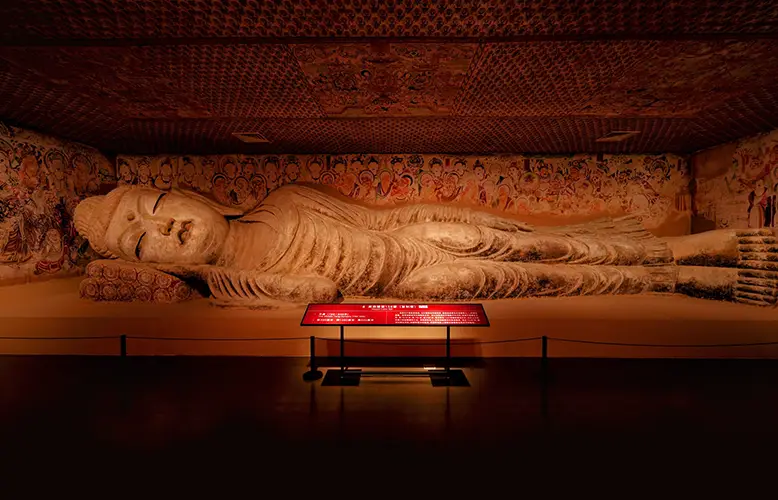
The Exhibition features 168 representative and rare artifacts, six of which are being unveiled for the first time in Shanghai . In addition, replicas of the six Mogao Grottoes and precious manuscripts are worth a visit. The entrance to the Exhibition is specially designed to recreate the experience of the Gobi Desert. It plays sound elements such as the ringing of the camel bell, which instantly transports visitors to Dunhuang. This immersive experience unfolds in four chapters:
- Chapter 1 “The Silk Road – Dunhuang” traces the journey of Zhang Qian , whose expedition is considered the foundation of the first “Silk Road”. As merchants from different countries expanded their trade, various cultures also converged in Dunhuang, whose cultural significance continued to grow.
- Chapter 2, “The Cave – Pure Land,” is the centerpiece of the Exhibition, featuring life-size replicas of six classic grottoes: Cave No. 285 of the Western Wei Dynasty, Caves No. 45, 320, 158 and 17 of the Tang Dynasty, and Cave No. 3 of the Yuan Dynasty.
- Chapter 3 “The Meeting – Cave Library” presents the encyclopedia of the Middle Ages, the discovery of cave no. 17 and how the artifacts are brought back into digital format.
- Chapter 4 “Faith – Legacy” focuses on the generations of people who have dedicated their lives to preserving the Mogao Grottoes.
Bai Jian, advisor to the Cultural Relics Bureau of Gansu Province , pointed out that “Dunhuang was a hub between the West and the East in ancient times and witnessed many cultural exchanges and convergence efforts; Shanghai , on the other hand, is an international metropolis and a window to the world on China, an energetic and charming city blending history, culture, economy and technology, and the Shanghai Tourism Festival is a perfect opportunity to showcase Dunhuang, a global intellectual property, and facilitate in-depth exchanges and development.”
For the Expo, several new cultural tourism products are worth recommending. Foreign visitors who book designated hotels through Expedia can receive free tickets to the Expo. In addition, with the Shanghai Pass – Dunhuang Dream card introduced by Shanghai Jiushi Group, visitors can make payments at various venues, supermarkets, convenience stores and more throughout Shanghai .


